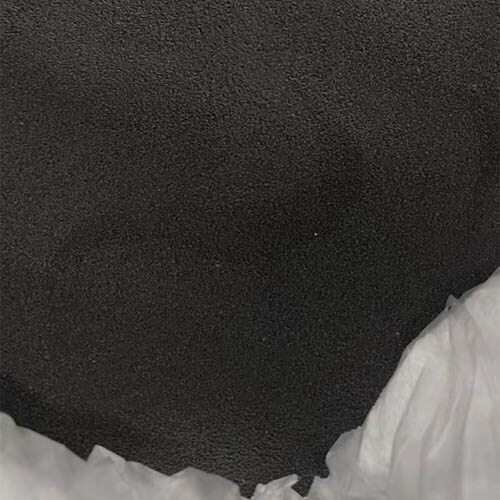This article will explain how to make refractory cement and the advantages of using refractory cement. In addition, through this article, learn about the application fields of refractory cement, the composition of refractory cement, and the difference between refractory cement and refractory castables.
How to make refractory cement
1.Mix the Portland cement, Perlite, and silica sand together thoroughly using the portions listed above. Next, combine the mixture with 2 parts of fire clay.
2.Once the mix has the consistency of stiff cookie dough, pack it into the performed form. You may need to add a little bit of water to get the right consistency. Allow it to dry for several days.
Refractory cement also known as Cast-able Refractory or Fireplace Cement, is a high-heat tolerant refractory material designed for cast-able refractory cement. Refractory cement can withstand temperatures above 2500°.
What is Refractory cement?
Refractory cement is made to withstand high temperatures that regular cement can’t handle. It has many microscopic air pockets that provide insulation, which prevents it from cracking. Refractory cement is used in furnaces and outside fireplaces, as well as in commercial and industrial settings.
Materials Consisting of Refractory Cement
Calcareous Materials.
Aluminous Materials (mainly Al2O3).
Magnesium Chloride/Calcium Chloride/Barium Chloride/Sodium Chloride.
A mixture of binder or clinker and coarse aggregate: Clinker is a fused mineral or mineral mixture used as alumina-lime (bauxite-lime), crushed into a fine powder. It obtained from aluminous materials. Coarse aggregates are like granular materials which impart some special properties, for example, refractoriness and erosion or oxidation resistance.
Alumina ceramics, fire clay, bricks, precast shapes, aluminate cement and monolithic.
Asbestos.
Burned spinel.
Magnesia.
Reactive magnesia.
Organic acid.

The following are some of the benefits of refractory cement
During the drying and fire processes, refractory cement does not deform.
Tensile and flexural strength is high in refractory cement.
Refractory cement is a tough, long-lasting material.
In a globe where temperatures are exceptionally high, refractory cement is used.
It may be crafted into any form you like.
It is necessary for a concrete to attain the condition of being reliable.
Installation technique of Refractory Cement:
Refractory cement is mixed with refractory aggregates such as:
Bauxite.
Tabular alumina.
White Fused Alumina.
Brown Fused Alumina.
Andalusite.
Sillimanite.
Chamotte.
Alag.
Perlite.
Vermiculite.
Bubble alumina
Installation technique of Refractory Cement
1.Vibration Casting
2.Pump Casting.
3.Dry Gunning.
4.Wet Gunning or Shotcrete.
5.Self-flow Casting.
Refractory Cement Applications
At the time of Setting and bonding firebrick in firebox chambers, it can play a good character.
Refractory cement is a good material to patch Furnaces and Incinerators.
Electrical or thermal insulation. For providing thermal insulation from any type of heat it can do a better role.
To seal air and gas leaking refractory cement act good.
Fireplaces and Wood burning stoves where the temperature is very high refractory cement can be used.
For firebrick, what kind of mortar do you use?
Refractory cement, unlike conventional masonry mortar, can tolerate intense heat and is used to mortar firebrick.
What is refractory cement?
Refractory Cement is an ideal high-heat cement for masonry joints 1/4″ or less (minimum 1/16″). Pre-mixed, easy to trowel, and fiber reinforced, this cement can be used to set, bond, and repair cracked or broken firebricks in stoves, fireplaces, and furnaces as well as for building fireplace boxes.
Is it possible to manufacture refractory cement?
Refractory or heat resistant concrete may be made using heat resistant cement or bought as a ready-to-mix product in bags. Castable is a term used to describe the packed one. However, even if it is refractory, it is not easy to cast huge hot face section/s out of it.
What is the maximum temperature at which refractory cement may be used?
Temperature: 300 degrees Fahrenheit
Is fire cement the same as refractory cement?
Refractory cement is commonly combined with other products like firebrick and other ceramics to further increase thermal resistance. Keep reading to understand just how refractory cement also known as castable refractory or fire cement is used and how it differs from other similar products.
